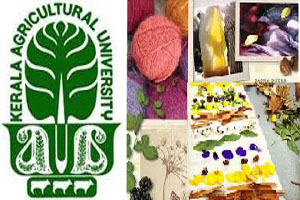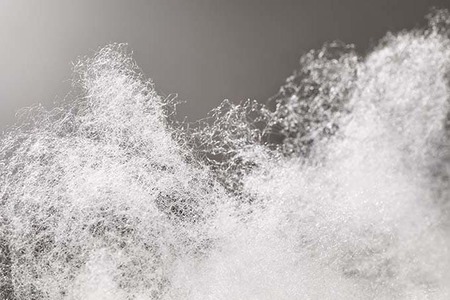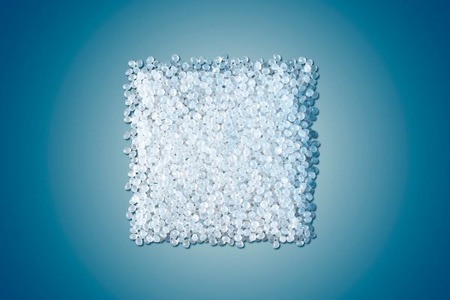
KAU identifies indigenous plants for manufacturing natural textile dyes
YarnsandFibers News Bureau 2017-09-01 15:00:00 – KochiKerala, especially the Western Ghats region, is gifted with a wide array of plants for manufacturing natural textile dyes. Plant dyes were used for garment dyeing and wall paintings till the advent of synthetic dyes in the 16th century. Kerala Agricultural University (KAU) has identified 12 indigenous plants capable for manufacturing natural textile dyes, this will provide an organic option for dyeing cotton and silk textiles.
The research conducted by the College of Agriculture (CoA), Vellayani, as part of the Western Ghat Development Programme (WGDP), has identified 12 indigenous plants.
KAU Vice Chancellor P. Rajendran said that the research has opened up the possibility of using indigenous plants of Kerala as potential dye yielders. They are looking forward to industrial production of natural dyes for commercial textile industry.
The technology for using these plants for commercial textile industry has been standardised under another research project sponsored by the RKVY (Rashtriya Krishi Vikas Yojana). The technology will be of great value in the development of eco-friendly and safe clothing, especially for newborns and people allergic to synthetic dyes.
The KAU has not revealed the names of the plants owing to patent issues. Awareness of the hazardous effects of chemical dyeing and chemical dye manufacturing had sparked a rethinking now and the KAU effort was on these lines, the VC noted.
The biochemical properties of these natural dye compounds had also been deciphered, which would help identify the biomolecules in them. Going back to the safer, cheaper, and durable natural plant dyes would also help their ecosystem and the lives of workers in dye manufacturing industry.
V.G. Jayalakshmi, Principal Investigator, said that there are 12 natural dyes with five different mordants, of which three are natural, have been screened. All silk and cotton materials dyed with these pigments have been tested in SITRA (South Indian Textile Research Laboratory) for colour fastness to light and stability to washing. Through this analysis, combinations of natural dye and natural mordant with good stability have been identified.
P. Indira Devi, Director of Research said that they also have a treasure of traditional knowledge on temple wall paintings and in colouring traditional mats, among the rural and tribal people.
Market Intelligence
Ask for free sample Report

experience
Customer Base
dedicated team
Countries Served Worldwide









